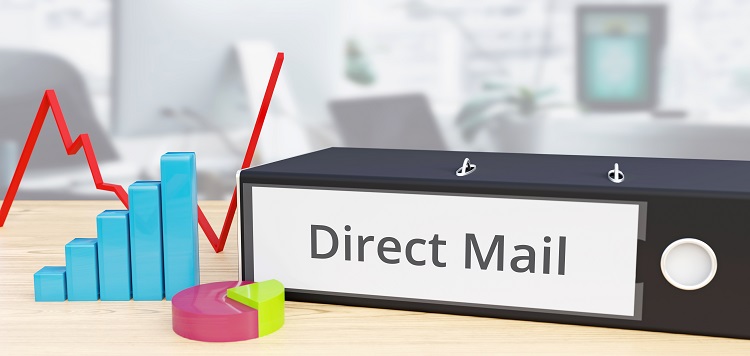Marketing has evolved over the years with technological advancements, such as social media, email, and mobile. However, one marketing strategy that small businesses shouldn’t overlook is direct mail. Direct mail remains one of the best ways for small businesses to reach previous customers and bring in new ones. In this article, we will discuss the importance of direct mail for small businesses and provide an in-depth guide on how to execute it for the best results.
Understanding Direct Mail
Direct mail is a business marketing strategy that involves sending physical mail, such as postcards, brochures, or other printed items, straight to a current or prospective customer’s mailbox. The goal of direct mail is to encourage the recipient to take action, whether it’s to make a purchase, sign up for a newsletter or visit a website.
Types of Direct Mail
There are various types of direct mail to choose from, including postcards, letters, brochures, catalogs, and newsletters. Choosing the right type of direct mail depends on the marketing goals, the target audience, and the budget. For instance, postcards are great for announcing special deals and promotions, while brochures are ideal for providing a more extensive product or service description.
Targeting customers
When it comes to direct mail, targeting the right customers is crucial for the success of the campaign. You can usually pinpoint which houses or businesses you want to target with your direct mailers by selecting specific criteria. For example, household income, or recently engaged couples, or businesses owned by people in specific minority communities. By targeting specific groups, you can ensure that the direct mail is more relevant to them and, hence, more likely to convert.
Designing Effective Mailers
A well-designed mailer works better than an uninteresting one. Most direct mail services have an in-house design team to help you create the most effective mailers to match your specifications. The design should incorporate your branding, be visually appealing, and have a clear message. Avoid overloading the mailer with too much information as this might discourage the recipient from reading it.
A call to action is a prompt that encourages the recipient to take action after reading the mailer. Your call to action can be the difference between an interested customer and ending up in the recycling bin. Make sure it’s clear, specific, and compelling by using action-oriented words and providing a sense of urgency to prompt the recipient to respond.
Tracking ROI
Direct mail services have built-in methods to track the return on investment for your direct mail campaign. They can inform you about the number of pieces that have been delivered, how many were opened, and how many recipients took the desired action. Tracking ROI provides valuable insight into the success of a campaign and enables you to make adjustments for future campaigns.
Higher ROI
According to the 2021 ANA Response Rate Report, direct mail has a higher return on investment than other mediums, reaching up to 112 percent. When executed correctly, direct mail campaigns can provide a better ROI than digital channels. Direct mail offers a personal touch, and it’s easier for the recipient to recall the message when a physical mailer is on hand.
Integration with digital channels
The most successful campaigns are integrated, using both digital channels and direct mail. Direct mail is a great way to complement digital marketing efforts and increase the likelihood of conversion. For example, you can use direct mail to announce a sale and provide a unique discount code to encourage recipients to visit your website or social media pages.
In summary, direct mail marketing is a cost-effective and powerful marketing approach that small businesses should utilize. It offers personalized messages, high ROI, tracking capability, and integration with digital channels. If you want your marketing campaign to succeed, direct mail is a must. By targeting the right customers, designing well-crafted mailers, and including a clear call-to-action, you can attract new customers and retain existing ones, driving the growth of your business.

